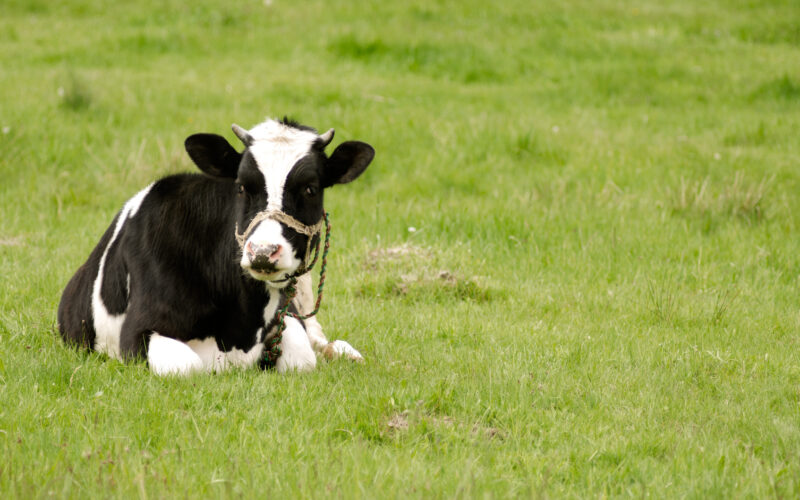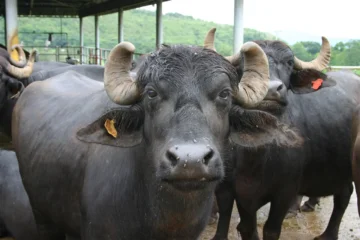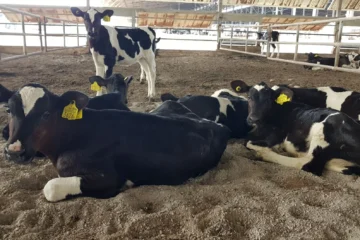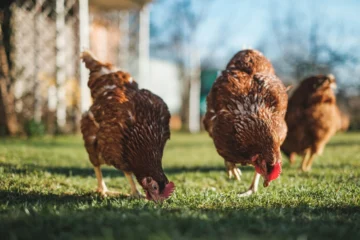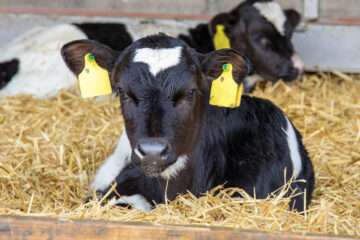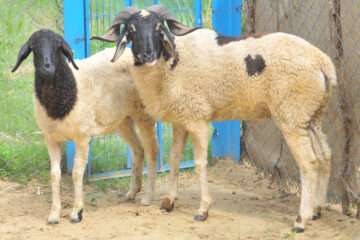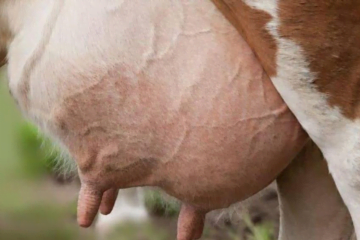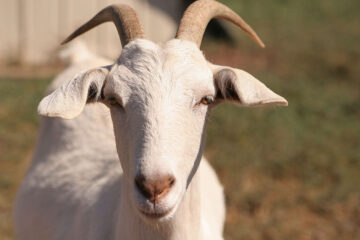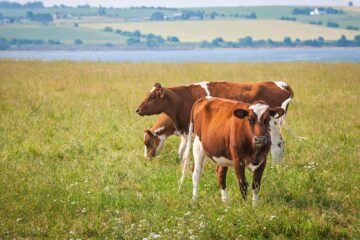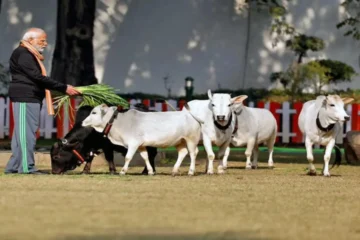Published: October 2017
Profit in dairy farming largely depends on milk production. For optimal milk production, cows need to be inseminated at the right time. Artificial insemination is now the predominant method used for breeding cows. This article explains how to care for cows on the day of artificial insemination.
For a dairy farm to be profitable, it is essential that each cow produces one calf per year. To achieve this, cows must be inseminated at the correct time. Failure to do so can lead to unnecessary expenses due to maintenance and feeding of non-productive cows. Proper management of artificially inseminated cows is crucial for effective farm management.
Artificial insemination should be performed during the early morning or late evening when the ambient temperature is lower. When transporting cows to and from the veterinary clinic for the procedure, they should not be driven harshly. It is advisable to keep the cow at the clinic for half an hour after insemination before transporting it back home.
After returning home, the cow should be bathed with cool water. It is not necessary to tie the cow up to keep it standing; it can lie down if it wishes. On the day of insemination, cows should not be sent out for grazing in the hot sun, nor should they be made to walk long distances in the heat.
Cows should be provided with balanced feed and adequate green fodder. It is important to monitor for signs of estrus 15-21 days after insemination to check if the cow is coming into heat again. It is a misconception that cows should not be fed on the day of insemination. There are no specific dietary restrictions for artificially inseminated cows.
S. Prakash, M. Selvaraju, S. Manoharan, K. Ravikumar, M. Palanisamy, Veterinary College, Namakkal – 637 002.

